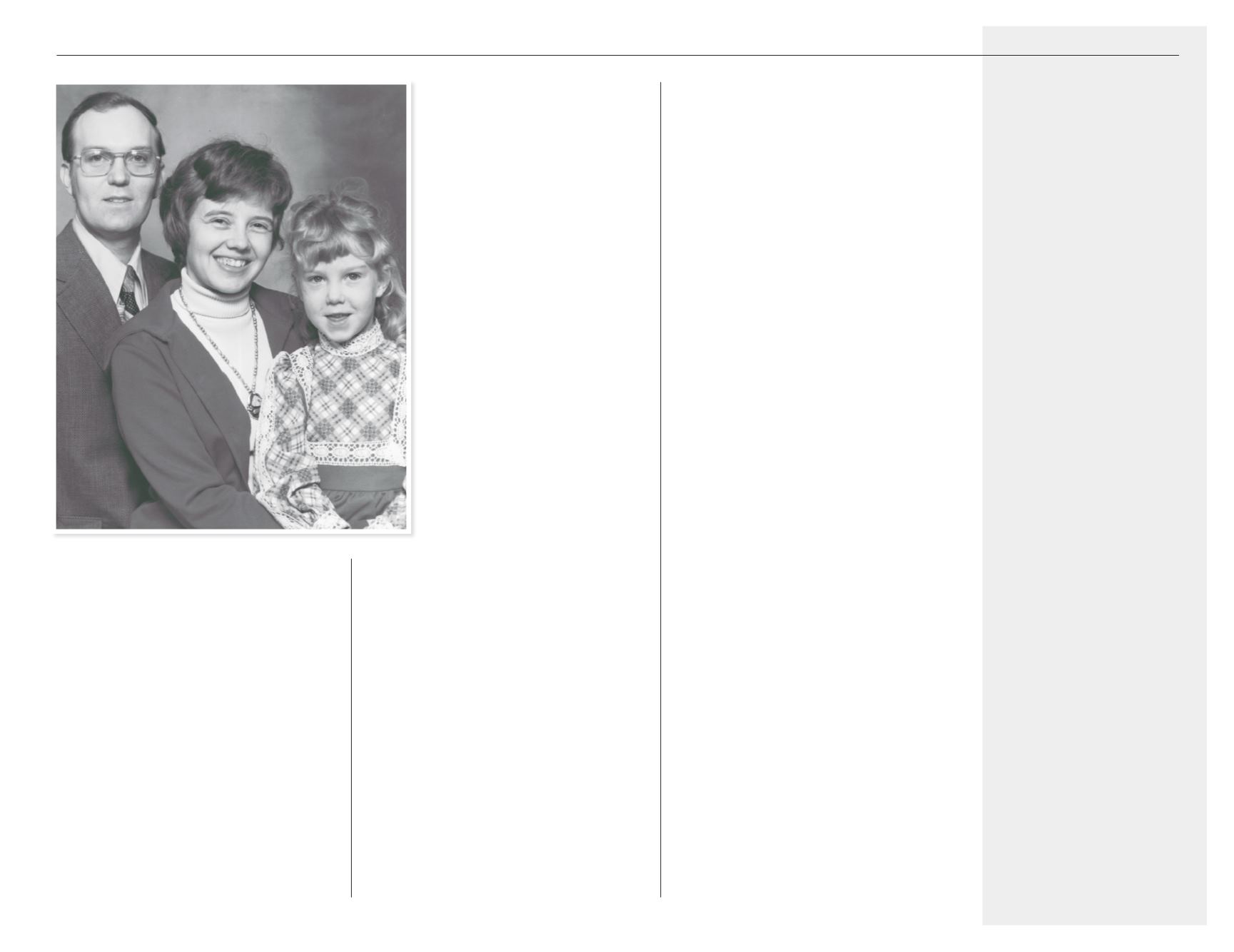

111
C
hapter
F
our
:
‘Y
ou
S
hall
H
ave
the
P
oor
W
ith
Y
ou
A
lways
’ (1978 – 2002)
Gene began in August; Lettie was hired
in November.
5
“I don’t know what I did, I just tried
to survive. We started in 1978. The
programs were in this transition…as the
man who hired me, the president of the
Board at the time said, ‘this came as a
wake up call to us. We’d been going to
the board meetings and the director kind
of did his report and things go on – we
weren’t very involved, as we should
be.’ The funding at the time through
the 1960s and 70s was much less from
the churches – they didn’t raise very
much money from the churches – they
didn’t need to. The feeling
was that the church puts in the
building and a little bit of core
support, the United Way puts in
a pool of money, and they have
government grants and funds…
some commodities programs,
and the childcare programs…”
In essence, everyone believed
someone else was handling the
problem.
6
By the 1970s, the United
Way in St. Louis had come
a long way from the Central
Council of 1921. In 1975 the
United Fund consolidated
with the Health and Welfare
Council, adding a significant
health and human service
planning function to the
collection and distribution of
charitable donations. In this
way, information, referral services and
programs of the Voluntary Action Center
became direct public services of the new
United Way of Greater St. Louis, Inc.
By the mid-1980s, the United Way
had teamed up with the American Heart
Association and the American Cancer
Society, and by the end of the decade,
the American Lung Association had
come on board. At the beginning of the
21st century, the organization served not
only the city of St. Louis, but also the
fifteen surrounding counties in Missouri
and Illinois through more than 200
health and human service agencies.
As the new executive director, Gene
took the United Way’s directive to
invigorate programs to heart, and the
first year of his tenure was not only
extremely productive, but also laid the
foundation for continued success.
When I arrived we did not have a full
time youth worker on the agency staff.
The youth work was caught the most in
the lame duck period between Mr. Koeppe
and me. Youth work mainly consisted
of opening up the gym and letting large
groups of youth roller skate with very little
supervision. Youth development in the form
of professional counselors , etc. did not
exist. The first person I hired, ca. 1979,
was a full time youth worker. He took us a
lot into employment and after a few years I
made him an employment counselor – the
forerunner of the Employment Coalition.
7
Program highlights from 1979
showed an expansion of the child-care
center, with enrollment growing from
60 preschool children to 68. The United
Way awarded Kingdom House the
Herriott Award Grant to conduct health-
screening programs for senior citizens,
testing vision, hearing, blood pressure
and for diabetes. The new youth council
organized a talent show, band, drill team
and volleyball classes. The Juvenile
Court continued its relationship to the
agency by referring teens to the youth
counselor at Kingdom House. Many of
these young people were placed in jobs
and training programs. After school
programs, including Gospel choir,
needlework, ceramics and skating,
provided a safe, supervised atmosphere
for some forty students. Kingdom House
also began a new program of crafts and
A
P
hoto
:
A:
Executive Director
Eugene Morse, his wife,
Lettie and their daughter
Lydia
A
s
the new
executive
director
, G
ene
took
the
U
nited
W
ay
’
s
directive
to
invigorate
programs
to heart
,
and
the
first
year
of his
tenure was
not only
extremely
productive
,
but
also
laid
the
foundation
for
continued
success
.















